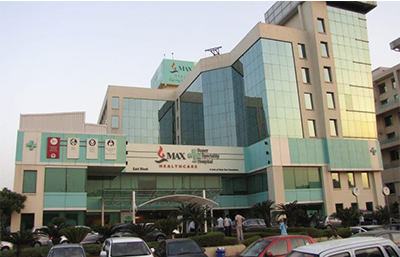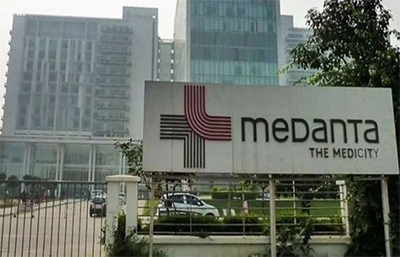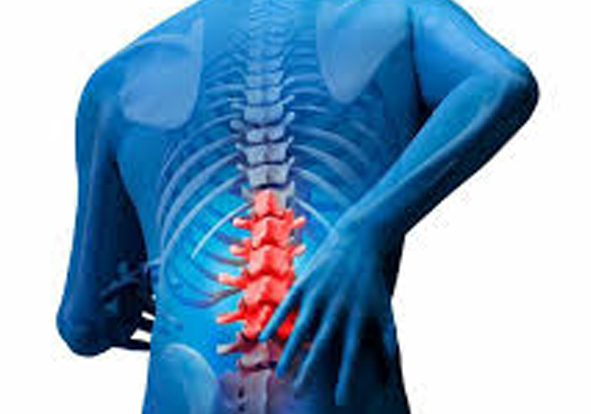Laminectomy, also known as decompression surgery, is performed on the spinal vertebrae to release pressure from the spinal nerve or cords. It is essentially the surgical removal of the lamina; the back part of the vertebra that covers your spinal canal. This removal causes the spinal canal to have more space and release the pressure that originates in the spine.
The pressure can be due to bony outgrowths within the spinal canal, normally seen in people with arthritis in their backbone. These bony extensions are also observed in senior citizens and are more or less regarded as a common age-related occurrencein these populations. Laminectomy is applied by the surgeon when all conventional treatments like medicine, physiotherapy, and injections have failed. This technique is also used when the symptoms worsen or deteriorate very fast
Why it's done
Bony overgrowths can encroach upon the space occupied by the spinal nerves and cords, resulting in severe pain, numbness, or weakness that is known to spread to the arms or legs. Laminectomy is a procedure that relieves the compression occurring in the spinal nerves, which can improve on the symptoms but it is not a way of curing arthritis already present. Some of the reasons that can be enough to go for a laminectomy by your doctor are;
- Traditional treatments like medicines, physiotherapy, and pain-relieving injections have become ineffective.
- You have muscle weakness or numbness that makes standing or walking a difficult task.
- You may experience complete or partial loss of bowel control.
In some situations, laminectomy may be needed to perform at first like when operating for a herniated disk. The doctor may opt to remove the lamina before attending to the damaged vertebral disk.
Causes
The causes that require a laminectomy surgery are usually the ones that cause injury in the vertebral column in the first place. The whys and wherefores that may require the physician to opt for this surgical intervention may be stated as;
- Violent bodily attack: Spinal injury may occur due to a brutal attack such as a stabbing or a gunshot, and may require stabilization surgery to correct the deformity caused. Usually, a fracture or contusion will occur at the site of injury. Laminectomy may be done to access the injury site.
- Upper body trauma: Sudden and violent shock to the face, cranium and collar region, back, or torso area may cause problems in the spine which may need treatment and preparatory surgery by laminectomy.
- Falling from a great height: This is the same as the jumping into a shallow pool. The forceful contact with the ground may cause injuries to the spine, to be corrected by laminectomy.
- Electrical mishaps: Often, electrical shockwaves may cause a person to get viciously thrown across space. The landing on the hard surface may cause shock to the spinal column and necessitate the laminectomy surgery before others to make better.
- Extensive flexible movement: This condition may arise due to unexpectedinjuries during weight training, unmonitored yoga or car accident, which may cause injury to the spinal column. The only way of treatment can be a stabilization surgery, often preceded by a laminectomy.
- Old Age: Spinal compression may occur due to the development of bony outgrowths in old-age. Laminectomy procedure shall be applied to correct this condition
Symptoms
The signs and indications of compression in the bone will be similar to the injuries or reasons your doctor may think of laminectomy to cure your symptoms. The doctor will decide on the mode of treatment after the correct diagnosis and identification of the source of the problem.
- Pain in the back
- Pain that escalates on physical activity but reduces when taking rest.
- Having trouble winding or twisting your body.
- Loss of height
- Change in the shape of your backbone.
- Bending of the spine or kyphosis.
- Compression on the digestive organs
- Constipation
- Feeble appetite
- Loss of weight
- Pain in the hips.
- Difficulty in breathing
Risk Factors
- Bleeding
- Infection
- Blood clots
- Nerve injury
- Spinal fluid leak
- Problems in the digestive system.
Treatment
After it has been established that the treatment shall now proceed only by surgery, the physicians will organize you for the upcoming operation. The guidelines the physician may give you to follow before and during the procedure are:
Before the treatment:
The hospital staffs will check for your case history, any alcohol or drug use, previous medical histories, any allergies,etc. Then they will check for any difficulties in your pulse or blood pressure. Several images of your spine will be taken before the operation.
Before the procedure, you will be given anesthesia at the position of the incision or will be made fully unconscious according to the type of surgery determined by the physician. Any personal items like jewelry, piercings, dentures, contact lenses will have to be detached during the procedure.Preparation before the procedure may comprise of shaving the hair over the operating site. The surgical team may give you antibiotics to monitor the growth of unhealthy microorganism.
During the surgery:
- You will be placed in a position with the chest facing down on the operating table
- The part where the incision is made will have body hair shaved off.
- You will be given anesthesia locally or will be made fully knocked out.
- The faulty bone with the bony outgrowth will be identified.
- The lamina will be surgically removed.
- Metal plates, screws or rods may be used to help secure the vertebrae in place together if a vertebral fusion has to be done.









